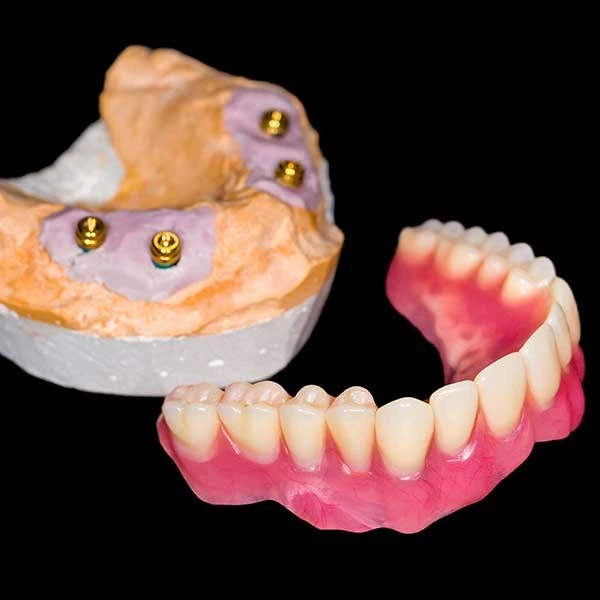October 18, 2025
When severe tooth pain or trauma strikes, prompt treatment can save both your oral health and comfort. One of the most common urgent dental procedures is an emergency dental extraction. But how exactly is this procedure performed, and why is timely intervention so critical? In this guide, we’ll explore the process step by step, highlight the role of an emergency endodontist, and explain how patients can benefit from visiting a trusted clinic like Emergency Dentist Houston.
What Situations Require an Emergency Dental Extraction?
Not every dental issue calls for an immediate extraction. Typically, patients require an emergency dental extraction when:
- A tooth suffers irreparable decay or infection.
- A severe abscess develops, causing swelling and intense pain.
- Trauma or injury has damaged the tooth beyond repair.
- Wisdom teeth erupt painfully or become impacted.
- Orthodontic or other oral complications demand immediate intervention.
An emergency endodontist often evaluates whether saving the tooth is possible through root canal therapy or if extraction is the safest option. Swift action can prevent the infection from spreading to surrounding teeth, gums, or even other parts of the body.
How Does an Emergency Dentist Houston Assess the Tooth?
The first step in an emergency dental extraction is a thorough examination. During this stage, the dentist:
- Reviews medical history: Understanding pre-existing conditions, medications, and allergies ensures a safe procedure.
- Conducts a clinical exam: The dentist inspects the tooth, surrounding gums, and oral cavity.
- Takes X-rays: Imaging identifies the tooth’s roots, bone structure, and any hidden infections.
- Determines urgency: The dentist decides whether extraction is immediately necessary or if alternative treatments could temporarily relieve pain.
This careful assessment ensures that patients receive tailored care, reducing complications and promoting faster recovery.
What Anesthesia Options Are Used During Extraction?
Pain management is a critical part of any emergency dental extraction. Dentists typically use one or a combination of the following anesthesia methods:
- Local anesthesia: Numbs the area around the tooth, allowing patients to remain awake but pain-free.
- Sedation dentistry: Oral or IV sedatives help patients relax, especially if they experience dental anxiety.
- General anesthesia: Used in rare or complex cases, ensuring the patient is unconscious during the procedure.
Your emergency endodontist will discuss the best option based on your health, the complexity of the extraction, and your comfort level.
How is the Tooth Extracted?
The extraction process itself can vary depending on whether the tooth is visible or impacted. There are two main types:
Simple Extraction
Simple extractions involve teeth that are fully visible and accessible. The steps include:
- Numbing the area: Local anesthesia is applied to ensure a pain-free experience.
- Loosening the tooth: The dentist uses specialized instruments called elevators to gently loosen the tooth from its socket.
- Removing the tooth: Forceps carefully extract the tooth once it is sufficiently loosened.
- Cleaning the socket: The empty socket is cleaned to remove any debris or infection.
Surgical Extraction
Surgical extractions are required when teeth are broken, impacted, or not fully erupted. Steps include:
- Incision and exposure: The dentist makes a small incision in the gum to access the tooth.
- Bone removal (if necessary): Sometimes, a small portion of bone is removed to free the tooth.
- Tooth sectioning: In complex cases, the tooth may be divided into sections for easier removal.
- Extraction and cleaning: Once removed, the socket is cleaned thoroughly to prevent infection.
- Stitches: Dissolvable stitches may be used to promote proper healing of the gum tissue.
Regardless of the method, the goal is to remove the problematic tooth safely and minimize trauma to surrounding tissues.
What Happens After the Extraction?
Post-operative care is essential for healing after an emergency dental extraction. Your dentist, like those at Emergency Dentist Houston, will provide detailed instructions, including:
- Managing bleeding: Bite gently on gauze for 30–60 minutes immediately after extraction.
- Pain control: Over-the-counter or prescribed pain medications may be recommended.
- Reducing swelling: Ice packs applied to the outside of the cheek can help.
- Oral hygiene: Patients are advised to rinse gently with warm saltwater and avoid brushing the extraction site for the first day.
- Dietary adjustments: Soft foods and plenty of fluids prevent irritation to the healing site.
Follow-up visits may be scheduled to ensure proper healing and to discuss tooth replacement options, such as dental implants or bridges, if necessary.
Why Choose an Emergency Endodontist for Extractions?
While general dentists can perform extractions, an emergency endodontist specializes in treating severe tooth pain and complex dental issues. Benefits include:
- Expertise in managing infections and abscesses.
- Advanced techniques for pain-free and precise extractions.
- Ability to assess whether a tooth can be saved with a root canal or needs removal.
- Comprehensive post-extraction care to minimize complications.
Their specialized training ensures patients receive the highest level of care during urgent dental situations.
How to Know When to Seek Immediate Care
Dental emergencies can escalate quickly, so it’s crucial to recognize warning signs that warrant an emergency dental extraction:
- Persistent, severe tooth pain that does not improve with over-the-counter medications.
- Swelling in the gums, face, or jaw.
- Tooth mobility or visible damage.
- Signs of infection, such as fever or pus around the tooth.
- Difficulty opening the mouth or swallowing.
Promptly contacting an emergency endodontist or visiting Emergency Dentist Houston can prevent complications and preserve overall oral health.
How Can Patients Prepare for an Emergency Extraction?
While dental emergencies are unpredictable, being prepared can make the experience smoother:
- Keep emergency dental contacts readily available.
- Maintain a list of medications and medical conditions.
- Avoid delaying care—early intervention reduces pain and prevents infection.
- Follow post-extraction instructions carefully to ensure faster healing.
Being proactive helps patients recover quickly and maintain optimal oral health.
Conclusion
An emergency dental extraction is a common yet critical procedure that can relieve pain, prevent infection, and restore oral health. From initial assessment to anesthesia, extraction, and post-operative care, each step is designed to ensure safety, comfort, and effectiveness. Consulting an emergency endodontist provides specialized expertise, especially for complicated or painful cases.
For residents in Houston experiencing severe tooth pain or dental trauma, visiting Emergency Dentist Houston ensures timely, professional, and compassionate care. Their team prioritizes both immediate relief and long-term oral health, making them a trusted choice for emergency dental procedures. Don’t wait for pain to worsen—prompt action can make all the difference.







